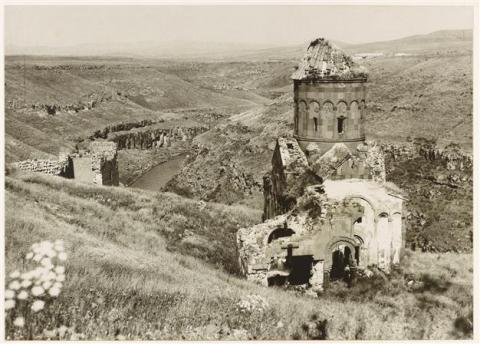Ara Güler’s ‘Anatolia’ captures a disappearing past

This is the last week to catch Ara Gülerâs never-before-seen works, on display at the Smithsonian in Washington DC since the end of last year Ara Güler is known as one of Turkeyâs most prominent photojournalist and since Dec. 21 last year his never-before-seen works have been on display at the Smithsonian, in Washington D.C. âIn Focus: Ara Gülerâs Anatoliaâ looks at Seljuk, Armenian, and Ottoman monuments of the Turkish heartland through Gülerâs lens, and draws to a close on July 20.
The photographs, all taken in the 1960s, consider Turkey beyond the boundaries of Istanbul. In them, Güler looks east to the forgotten, dusty corners of Anatolia; its abandoned churches, and mosques in disrepair. Itâs an area that has long held the photographerâs interest.
âAra Güler started his photojournalism career in the early 1950s in local Turkish newspapers,â explains Zeynep Simavi, who helped curate the exhibit. âHeâs mostly known for his photographs of Istanbul, and for his artist-portraits. But even in the 50s and 60s he was traveling extensively throughout Anatolia and photographing these monuments. In fact, he has said that he thinks his most important contributions are things like photographs of the Nemrut Mountain, or his ârediscoveryâ of Aphrodisias.â
Simavi says close to 115,000 people have visited the Smithsonianâs Sackler Gallery during the Güler show, which is now enjoying an extended run. The exhibition was originally scheduled to end in May.
âMany people who visit and who havenât heard of Güler are surprised and inspired by the works that he has taken here,â says Allison Peck, a...
- Log in to post comments









